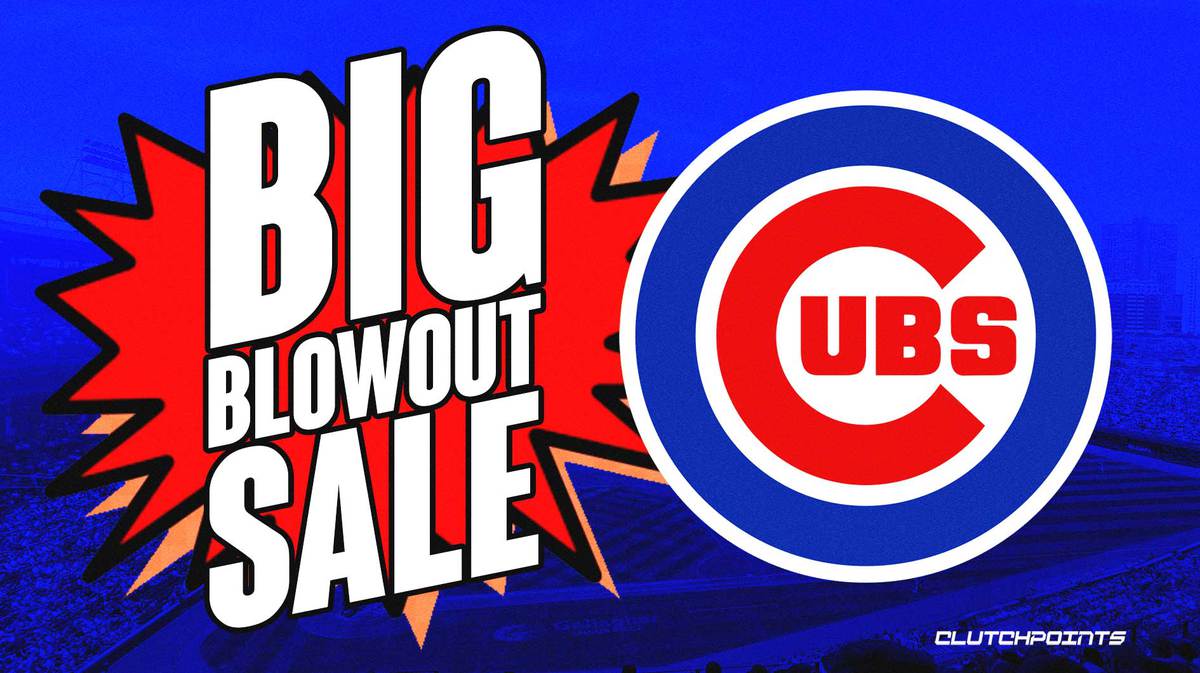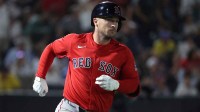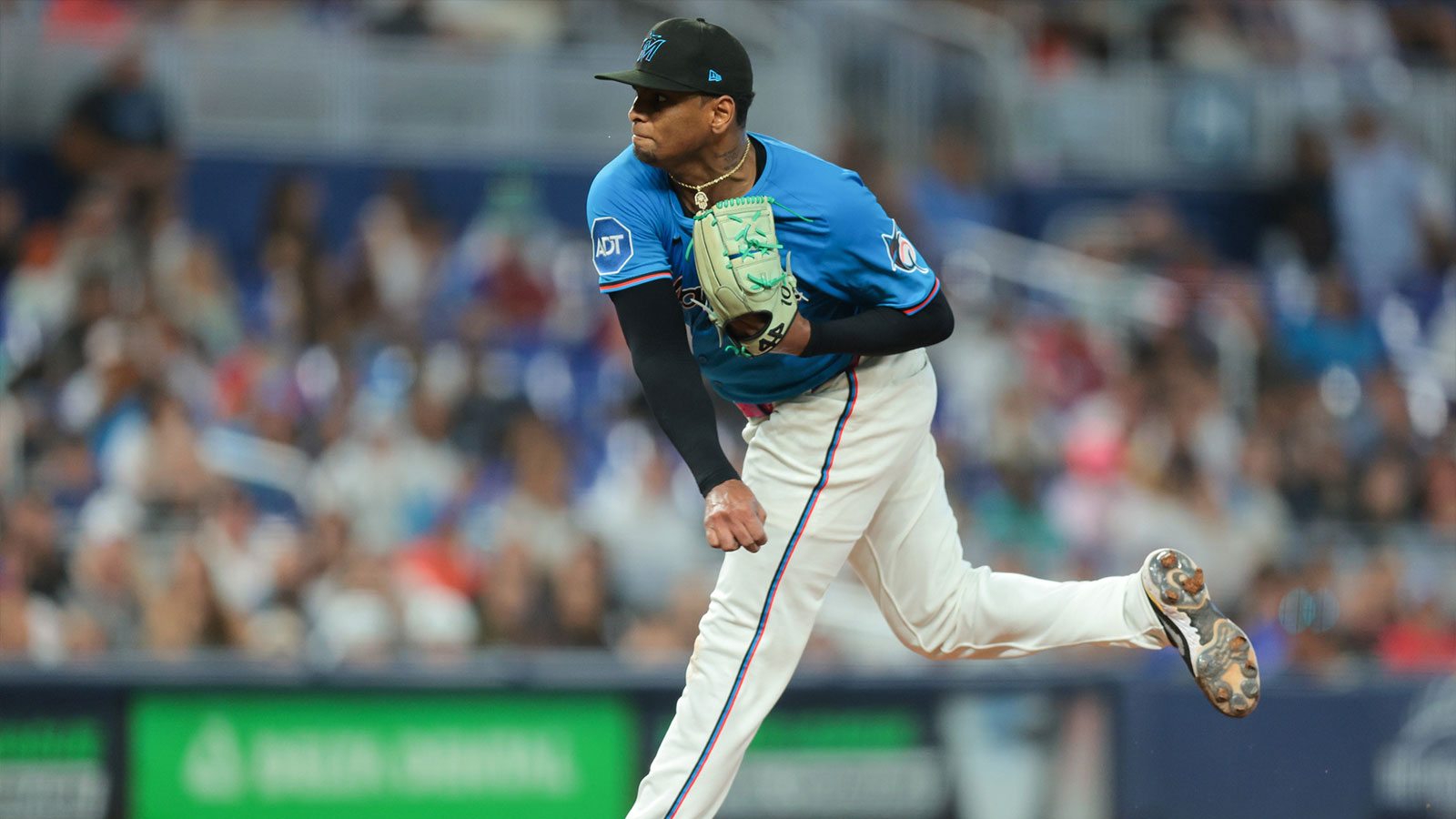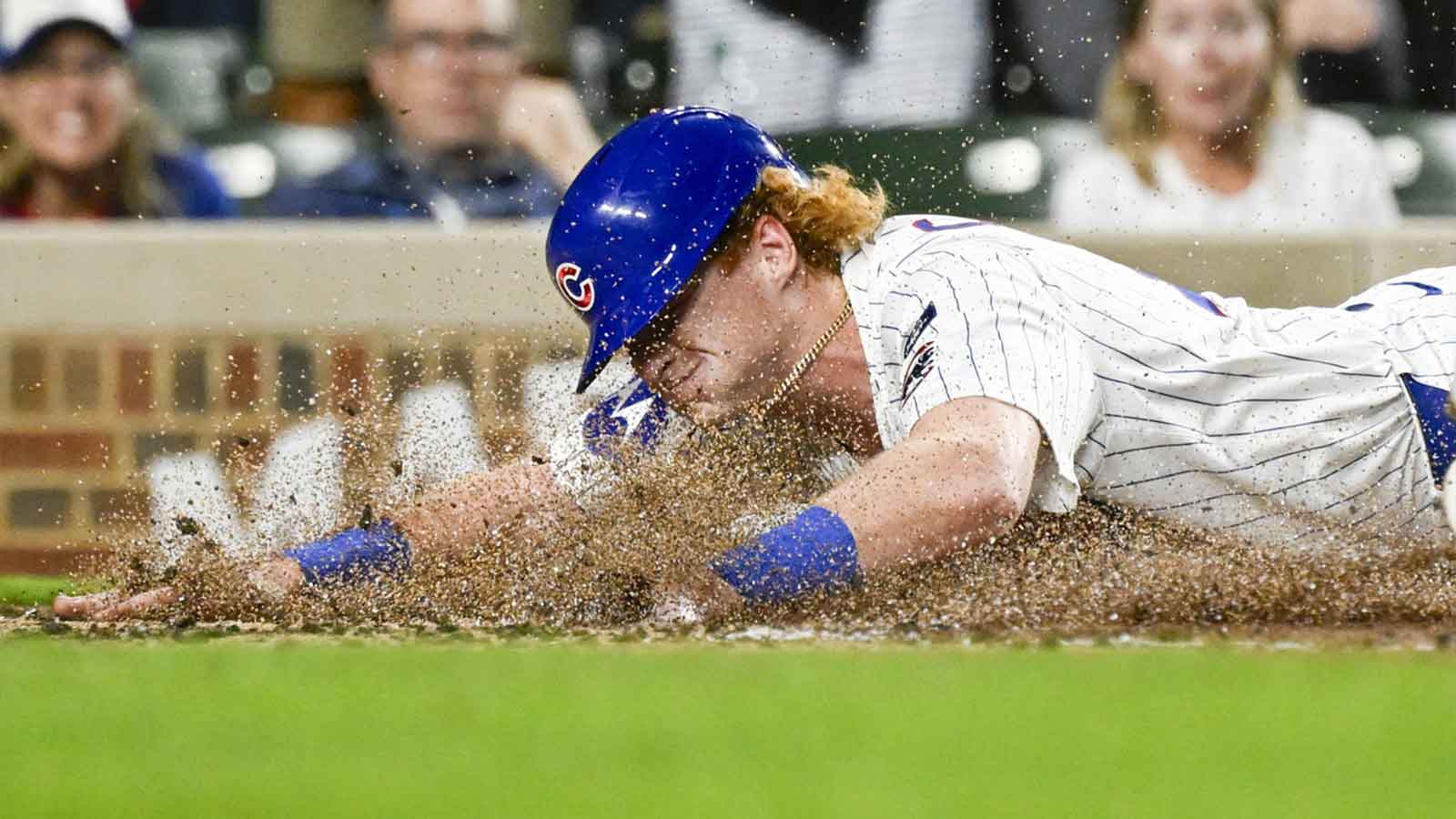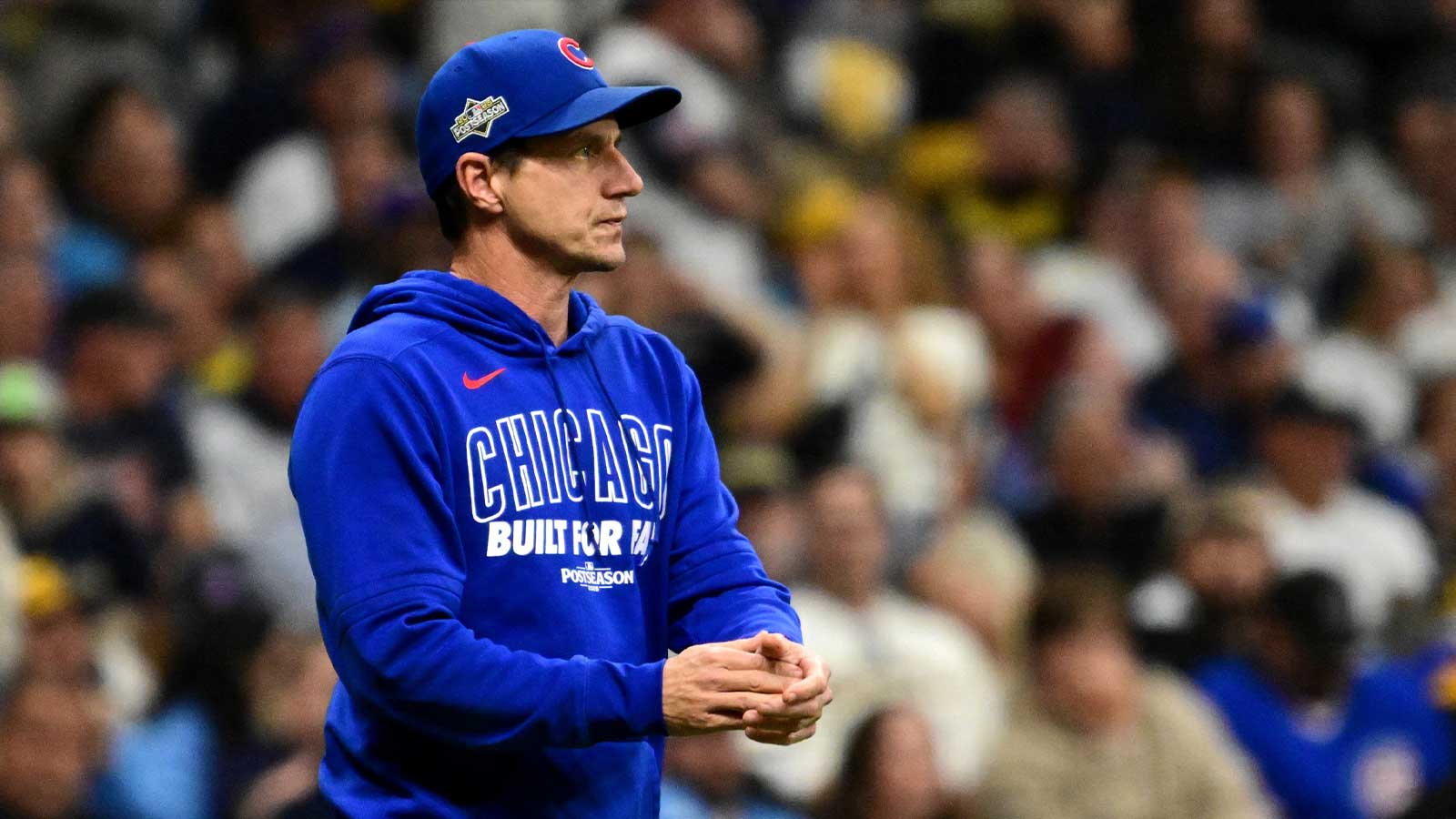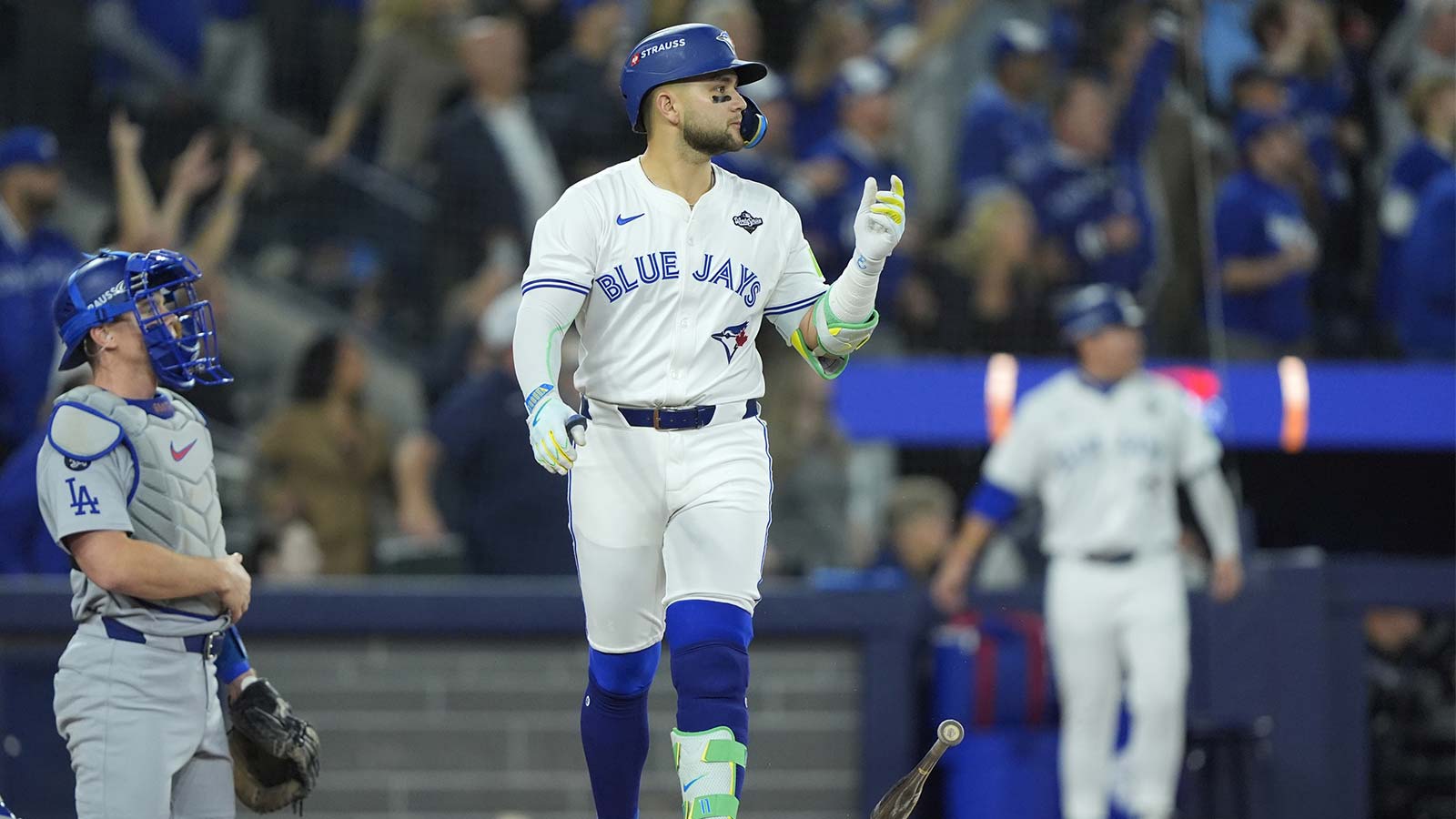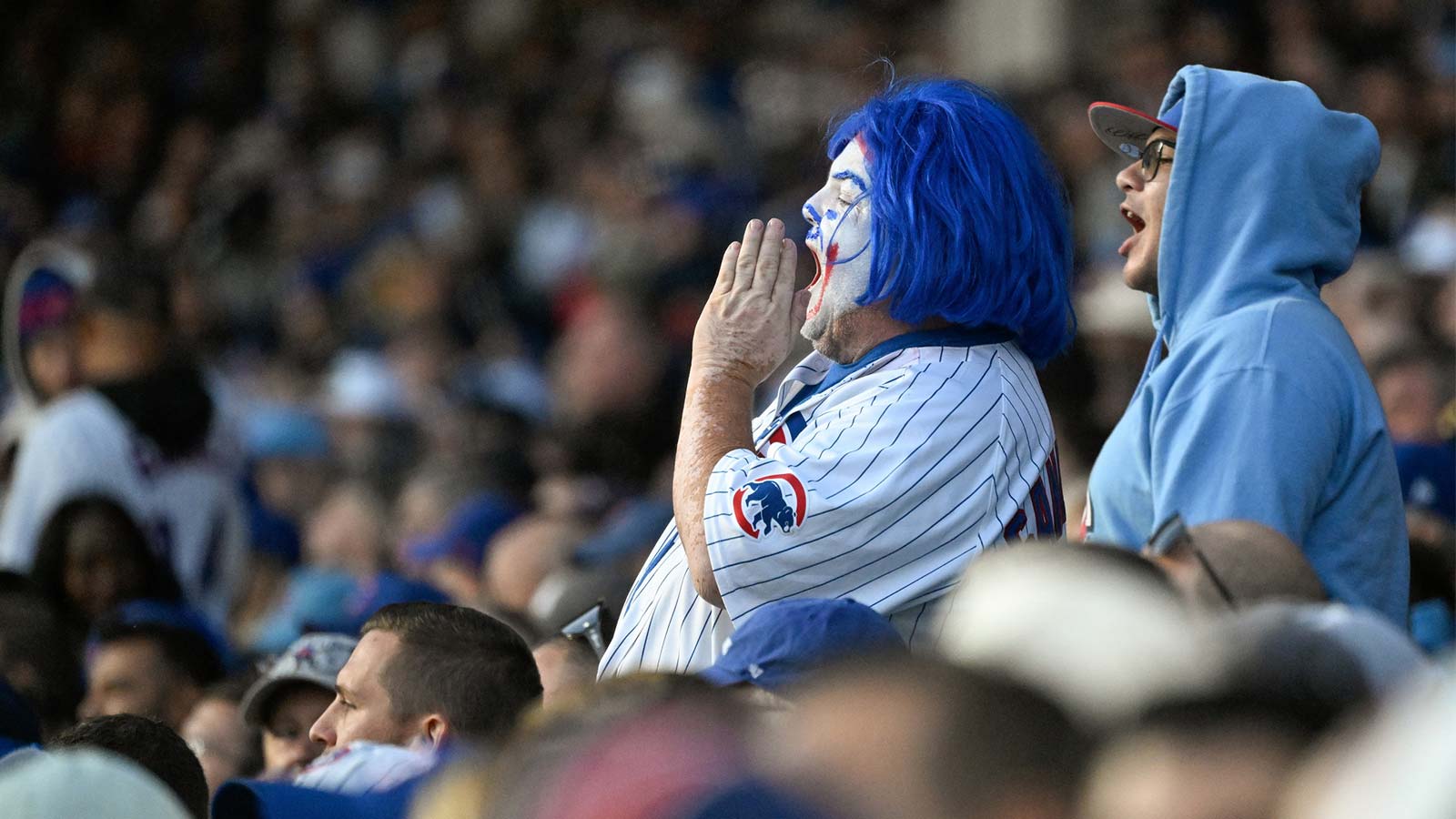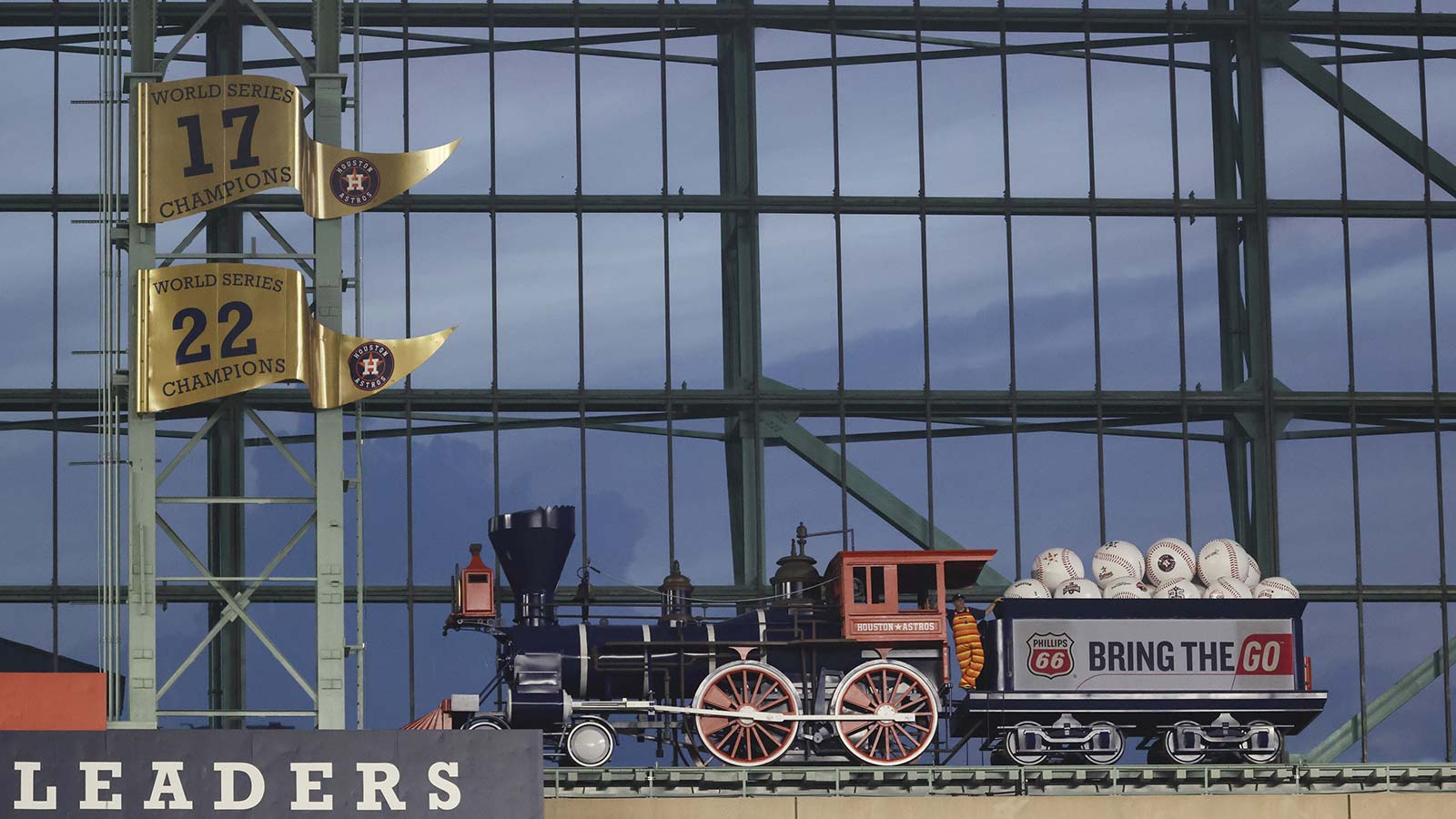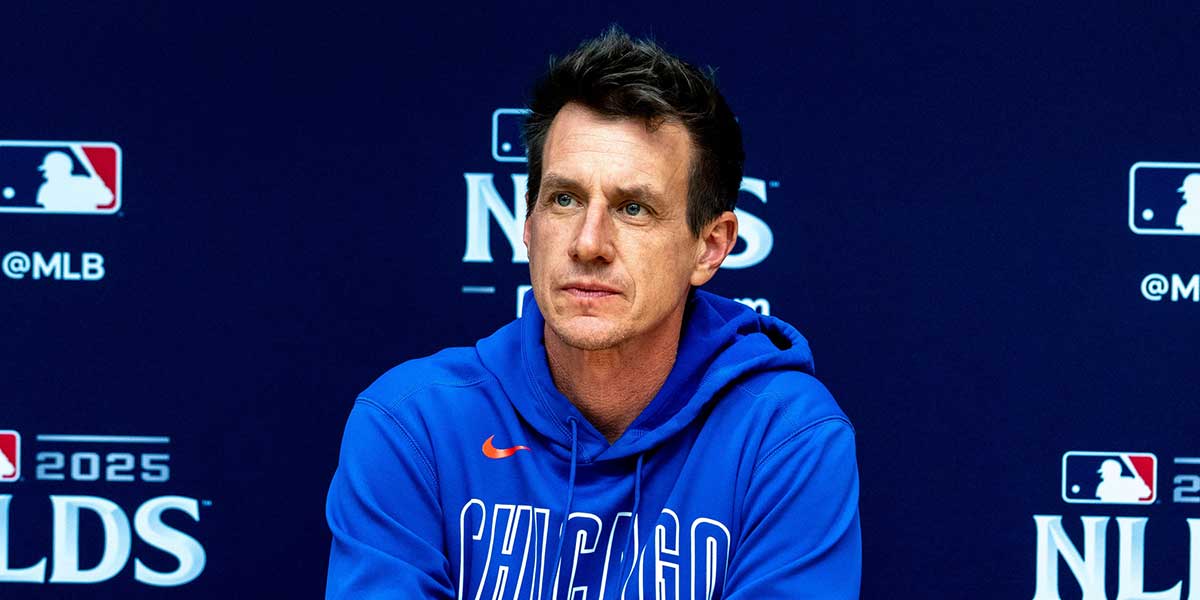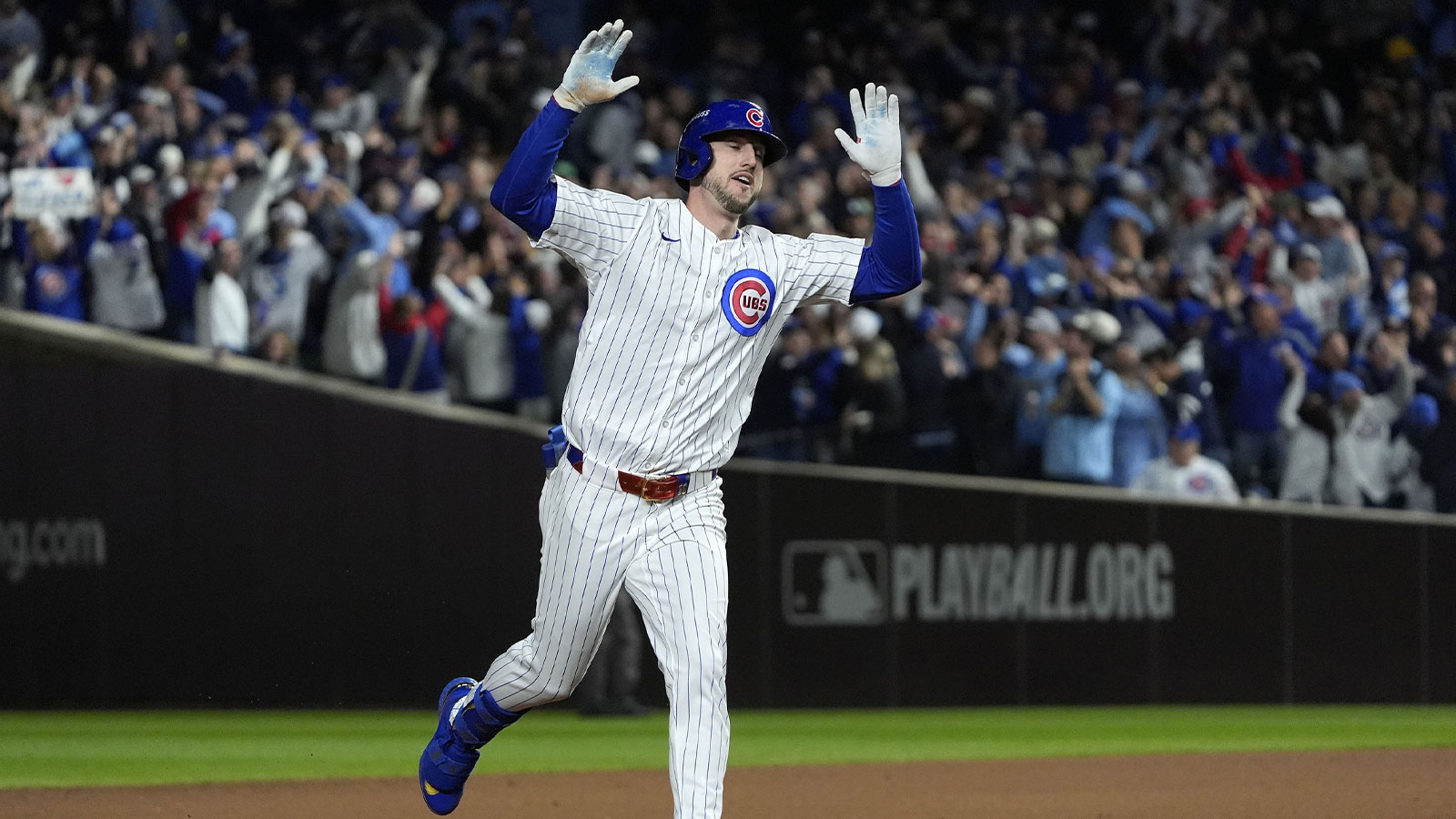It seems obvious that the Chicago Cubs aren't headed in the right direction this season. At 28-37 and 6.5 games out of the first place Pittsburgh Pirates, they have a lot of ground to make up if they hope to play in October. That doesn't seem likely, though. While that many games out isn't detrimental in June, the Cubs haven't shown they can be consistent in the win column.
Thus far, the Cubs have yet to produce a winning record through the first three months of the season. They have also yet to hold a winning record over anyone in their division going 3-8—and that's not even playing the Pirates yet. Even more concerning, whether on the road or at home, they have a losing record.
So, what could that mean until the All-Star break?
Over the course of the next four weeks, it doesn't get any easier, with 24 games scheduled before the All-Star break. The first 12 games will consist of series against the Baltimore Orioles, Philadelphia Phillies, Cleveland Guardians, and New York Yankees. However, the most challenging of those will be against the Orioles and Yankees who have strong records and are vying for the AL East crown. Not to mention that the Cubs will go to Yankee Stadium in their series against New York.
The remaining 12 games will be played against division rivals, where they'll finally face off against the Pirates with six games (three games at home and three games on the road). Additionally, there will be two games against the St. Louis Cardinals, who are currently in last place in the division (both games will be played on the road). Finally, the Cubs will face off against the Milwaukee Brewers, who are currently in second place and holding a Wild Card position (all four games will be played on the road). As mentioned, the Cubs have yet to produce a winning record against any of their NL Central opponents this season.
With that being said, if the results continue to play like they have in the next two dozen games, that would more than likely put the Cubs as sellers at the MLB trade deadline. Or at least it should. Good news for the Cubs, they have some valuable assets they could sell off and get some considerable return for. The bad news is that they weren't able to capitalize on those assets themselves.
If the Cubs can't at least get back to .500 ball, then there's no reason they shouldn't look to trade these three players by the 2023 deadline. There could be a fire sell in Chicago soon.
Cody Bellinger, OF
Despite his one-year contract valued at $17.5 million, the time is ripe to capitalize on Cody Bellinger's trade value. The 27-year-old has carved out an impressive .271/.337/.493 slash line, boasting seven home runs and 20 RBI across 37 games played. However, Bellinger's recent absence since May 16, caused by a knee injury sustained in a valiant leaping catch against the Houston Astros, casts a shadow of uncertainty that could hinder teams from making an approach.
Speaking of the Astros, Bellinger seems to be a perfect fit for what Astros GM Dana Brown wants by the deadline to improve Houston's roster.
Beyond the specter of the injury-prone centerfielder, Bellinger's offensive prowess remains and bit of resurgence this season seems undeniable. His stint with the Los Angeles Dodgers yielded not only All-Star accolades but also the prestigious National League MVP, solidifying his presence among the elite on the All-Major League Baseball Team in 2019. With his power hitting abilities and his versatility to play the outfield or first base, Bellinger would be a solid rental for any team, especially one needing a left-handed at bat in the lineup.
Marcus Stroman, SP
One cannot help but wonder which team wouldn't eagerly vie for the opportunity to acquire right-handed pitcher Marcus Stroman. Undoubtedly, he has emerged as one of the National League's top pitchers this season, and one that seems to be on every team's trading rumor list.
So far, the sinker ball pitcher has a 7-4 record on the season with an impressive 2.42 ERA. In a season that looks to be offering little trade options of pitchers, Stroman might be the darling of the group with numbers like these. It's just a matter of time, really, before Stroman will be out of Chicago, the question is just when will that be given that contract extension talks with the Cubs seemed to have faltered.
However, there is one minor detail that might complicate the Cubs' efforts to move him—Stroman possesses an opt-out clause in his contract after this season, which he will likely exercise. Consequently, the Cubs' potential return in any trade involving him may be somewhat limited, causing potential suitors to veer away.
Kyle Hendricks, SP
Since Kyle Hendricks returned from a capsular tear that kept him out over a year, the right-hander has really be nothing short of phenomenal. In four games Hendricks has boasted a 3.09 ERA in 23.1 innings pitched. On his last start against the San Francisco Giants, he provided a greater selling point, where he was only four outs away from a no-no.
From a career standpoint, Hendricks is as dependable as pitcher as you'll get on the mound. From 2014 to 2020, he amassed over a thousand innings pitched, maintaining an impressive 3.12 ERA. However, even with a regression in the last two seasons that amounted for a 4.78 ERA, the 33-year-old is still one of the best on the market this season.
From a financial perspective, the Cubs hold a favorable position with Hendricks' contract. The four-year, $55.5 million extension signed in 2019 enters its final guaranteed season in 2023, with a club option for 2024 at a reasonable price. This financial flexibility gives the Cubs an advantage in negotiations, allowing them to seek valuable assets in return for Hendricks while aligning their roster with long-term goals.
By leveraging his recent performances, showcasing his potential for resurgence, and capitalizing on his contract situation, the Cubs can shape a prosperous future while securing valuable assets in return.

